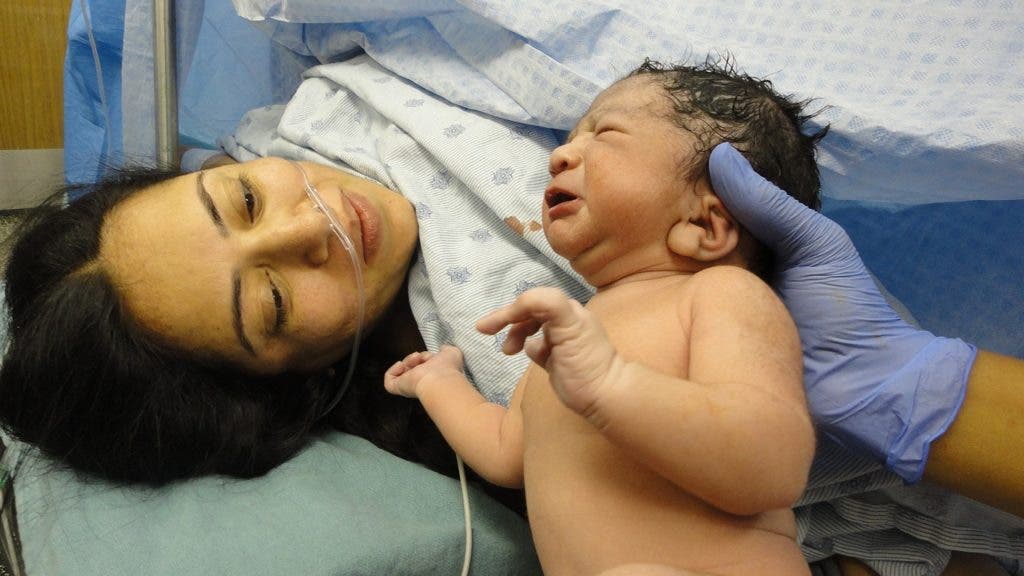Having a baby can be a huge financial burden for most families — and it all starts with childbirth itself. According to a new study, the average out-of-pocket health care spending for maternity care in the US was $4,569 in 2015, up from $3,069 in 2008.

As part of the Affordable Care Act (ACA), employer-based health plans cover the brunt of costs associated with maternity care, including preventive services such as pap smears and mammograms. However, the vast majority of families still have to pay many critical services associated with having a baby.
Approximately 98% of American women reported paying at least some out-of-pocket costs when they delivered their babies, according to a new study led by Michelle Moniz, an obstetrician-gynecologist at Michigan Medicine’s Von Voigtlander Women’s Hospital.
“I see patients for prenatal care and labor and delivery care, and I sometimes see patients struggling to get recommended care because of the cost. We wanted to examine this nationally,” Moniz told ZME Science.
According to Moniz:
- Between 2008-2015, 98.2% of women had some out-of-pocket costs for maternity care.
- Average out-of-pocket spending for maternity care rose, from $3069 in 2008 to $4569 in 2015.
- Rising spending was largely driven by increased costs among those with deductibles.
The study involved 657,061 women enrolled in 84,178 employer-sponsored plans who had been hospitalized for childbirth from 2008 to 2015.
“I was surprised at the magnitude of average costs — $4,500 is not a small co-pay. This is a significant financial burden, and I don’t care for many families that have that kind of money readily available for a healthcare expense,” Moniz wrote in an e-mail.
Out-of-pocket costs for cesarean sections were higher than vaginal births ($5,161 versus $4,313 in 2015, up from $3,364 versus $2,910 in 2008).
Families also bore a higher proportion of total costs than ever before. In 2015, the standardized cost for vaginal birth was approximately $23,000 and for a cesarean birth around $44,000. However, the share that families had to cover out of their pocket increased from 13% in 2008 to 21% in 2015 for vaginal births and from 10% in 2008 to 15% in 2015 for C-sections.
The researchers want to draw attention to these concerning price hikes, which may restrict maternity care for some families in a tight financial situation.
“Financial burdens place women at risk for delaying/deferring maternity care, which increases the risk of poor birth outcomes,” Moniz said.
Policymakers could make improvements in deductible plans and co-pays, as well as dispelling possible misconceptions about what the ACA requires for maternity health care coverage. Previously, we posted a video of various interviews with Brits who were told how much various healthcare services cost in the US (there are typically no out-of-pocket costs for maternity care in the UK) — their reactions is priceless.
“State and federal policies to restrict out-of-pocket spending on maternity care may augment ongoing national efforts to improve maternal-child health outcomes,” Moniz said.
“Maternity and childbirth care are essential health services that promote the well-being of families across our country. Reducing patients’ costs for these high-value services makes sense. We all want babies to have the best possible start in life,” she added.
The findings appeared in the journal Health Affairs.


